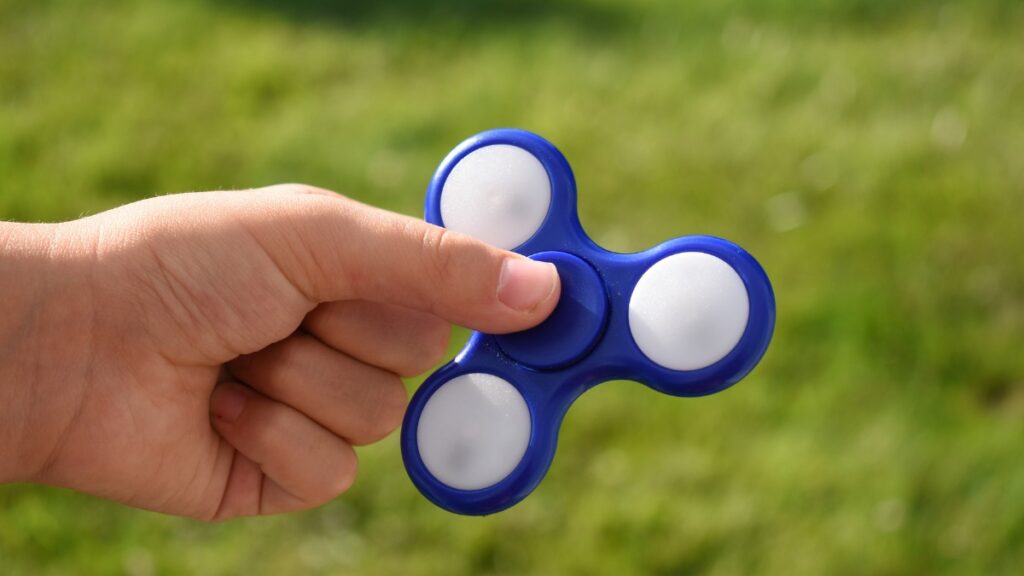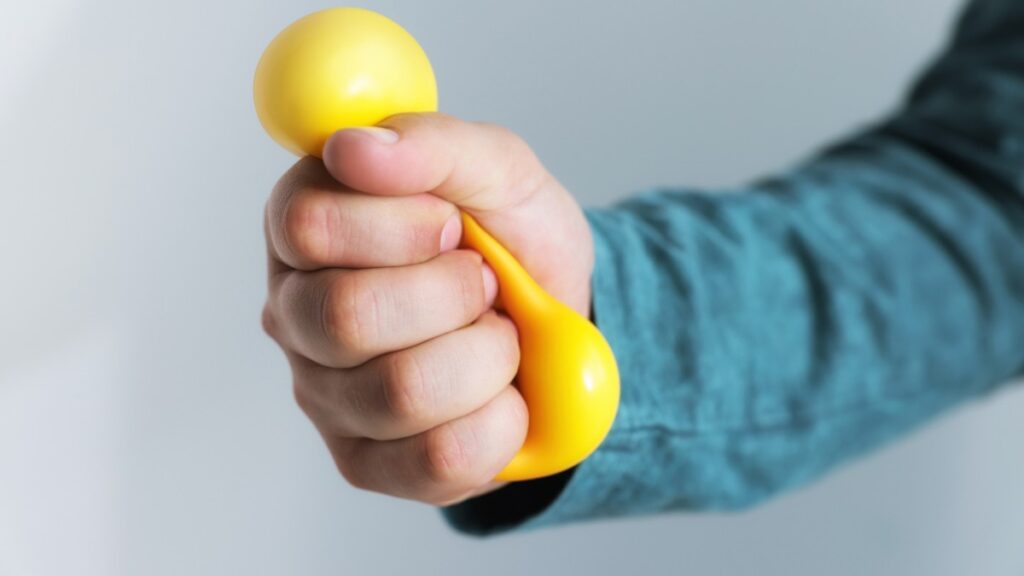Sensory Integration Therapy for Autism: Benefits & Techniques
Key Points: Sensory integration therapy helps children with autism handle sounds, touch, or movement more calmly. Through fun, structured play, children boost focus and coordination. Pairing therapy with sensory-friendly spaces helps children grow socially and emotionally. Many children with autism experience the world in ways that can feel overwhelming. Sensory integration therapy autism is a […]
Sensory Integration Therapy for Autism: Benefits & Techniques Read More »










